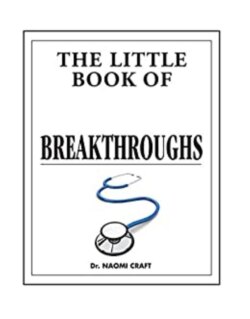Читать книгу The Little Book of Medical Breakthroughs - Dr. Naomi Craft - Страница 21
На сайте Литреса книга снята с продажи.
1798 Colour Blindness John Dalton (1766–1844)
ОглавлениеColour blindness is when the eye doesn’t recognize certain colours in the spectrum – most commonly red and green.
Colour blindness is the result of a problem in the specialized cells called cones, found in the light-sensitive lining at the back of the eye, or retina.
John Dalton, who first described colour blindness, was a chemist and physicist interested in many things besides vision. Notably, he was the first person to develop atomic theory, and he also found time to write detailed accounts of the weather every day for over 50 years.
He and his brother were both colour blind, inspiring him to investigate the problem in more detail. In his paper Extraordinary Facts Relating To the Vision of Colours he wrote:
That part of the image which others call red appears to me little more than a shade or defect of light. After that the orange, yellow and green seem one colour which descends pretty uniformly from an intense to a rare yellow, making what I should call different shades of yellow.
This is an example of an Ishihara plate. The dots that comprise the number ‘25’ are red; the surrounds green. Someone with red–green colour blindness would not be able to see anything except a series of grey dots. People with normal colour vision see the number.
Dalton’s preserved eyeball was examined in 1995 and found to have red–green colour blindness, but there are many other types. It is usually an inherited condition, and one that primarily affects men.
Because of his contribution to the field, the condition of colour blindness is sometimes called Daltonism.
For years, it was difficult to diagnose colour blindness. In 1916, the Japanese ophthalmologist Shinobu Ishihara (1879– 1963) devised a system for testing for colour blindness in soldiers. His testing system is still used today and is known as the Ishihara plates. These are a series of coloured numbers with coloured backgrounds (see illustration).
